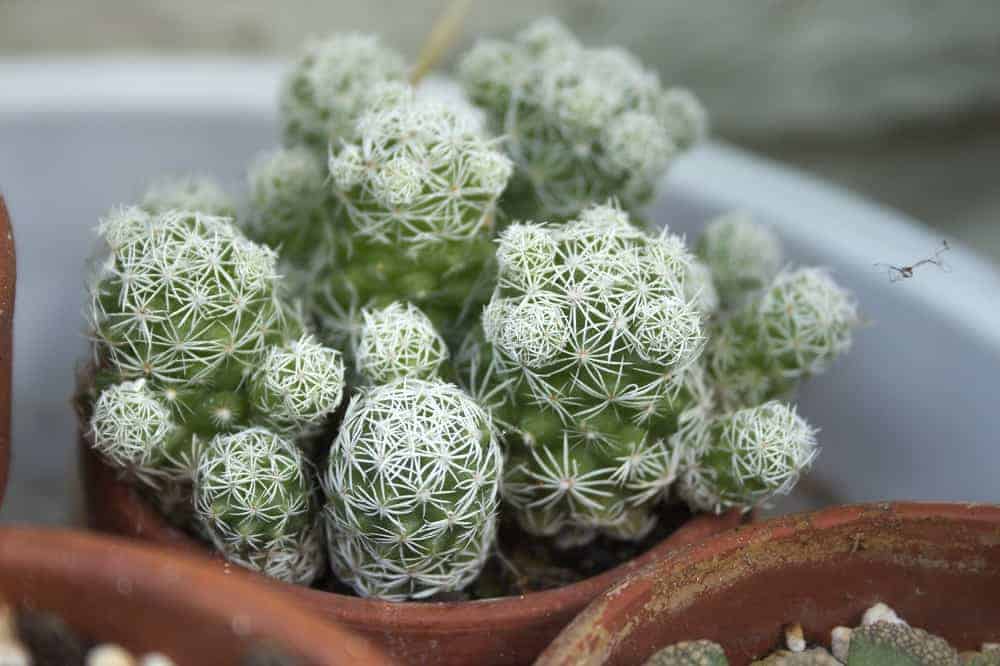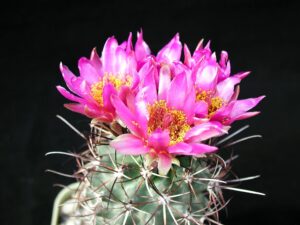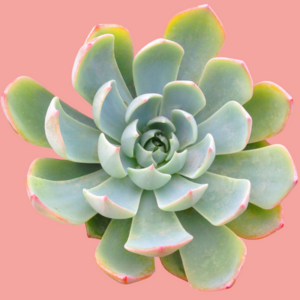When one thinks of cacti, images of vast deserts and arid landscapes often come to mind. These resilient plants have adapted brilliantly to thrive in the harshest conditions, making them a favorite among plant enthusiasts. However, the question that frequently arises for new and experienced hobbyists alike is: how often do you need to water a cactus? The answer is a nuanced one, steeped in the plant’s unique biology and the environmental conditions in which it resides.
Much of the misunderstanding surrounding cactus care stems from the belief that they require little to no water. While it is true that these plants are drought-resistant, they have specific watering needs that can vary significantly based on various factors. By shifting our perspective, we can learn to appreciate the intricate balance that sustains cacti and enables them to flourish.
The first step in understanding how often to water a cactus is to consider its natural habitat. Cacti are native to regions that often experience extreme temperature fluctuations. They are excellent at storing water, which allows them to survive extended dry spells. Therefore, the frequency of watering needs to replicate this natural ebb and flow.
As we delve deeper into the watering habits of cacti, it is crucial to grasp the role of seasons. Cacti undergo a two-phase cycle: a growth phase and a dormancy phase. During the growing season, which typically occurs in spring and summer, these hardy plants will demand more water. In contrast, the dormant season, which occurs in fall and winter, requires notably less moisture.
Critical Factors to Consider
Understanding the watering needs of your cactus is not a one-size-fits-all proposition. Several factors come into play that dictate how often these plants should be watered. Environmental variables such as light, temperature, and humidity significantly impact moisture retention in the soil and the overall health of the cactus.
Light is a pivotal factor; cacti thrive in bright, indirect sunlight. However, the intensity of the light can influence the rate at which a cactus absorbs moisture. For instance, in an environment with high light intensity, cacti may lose moisture more quickly, necessitating more frequent watering. On the other hand, lower light conditions may slow down the plant’s metabolic processes, thereby reducing its water requirements.
Temperature is another crucial element. In warmer conditions, a cactus may require more frequent watering. Conversely, cooler weather can lead to reduced growth rates, meaning that water intake should be minimal. Additionally, humidity levels in their environment can alter how much water a cactus needs. In more humid climates, cacti may not require watering as frequently as those in arid conditions, where evaporation rates are higher.
Signs of Hydration Stress
While the frequency of watering can largely depend on external factors, it is essential to be vigilant about the symptoms your cactus may exhibit when it is under hydration stress. Underwatering can lead to shriveling and a general lack of vigor. If your cactus appears to be deflating or wrinkling, it’s a clear sign that it needs more water.
On the flip side, overwatering is another peril that can afflict cacti. These plants are particularly susceptible to root rot, a condition where their roots become mushy and begin to decompose due to excess moisture. Signs of overwatering include yellowing skin, a mushy texture, and in severe cases, a foul odor emanating from the soil. It’s vital to strike that impeccable balance—too little or too much can lead to dire consequences.
Watering Techniques for Optimal Growth
When it comes to watering cacti, technique matters significantly. A common method preferred by many cactus caretakers is to immerse the pot in water for a brief period. This allows the roots to absorb moisture without saturating the soil. Keep in mind the type of potting mix you have; cactus soil is usually well-draining, which is essential to prevent root rot.
A general rule of thumb is to allow the soil to dry out completely between watering sessions. During the growth phase, this could mean watering once every couple of weeks, while in dormancy, you might only need to water once a month or even less. It’s always prudent to err on the side of caution. You can always provide a little more water, but you cannot take it back once it’s been poured.
Seasonal Adjustments
As seasons change, so too do the watering habits required for cacti. The growing period is generally marked by vibrant growth, which may require a re-evaluation of your watering schedule. Spring and summer are times of abundance, a period where nature bursts into life. During these months, aim to check the soil’s moisture levels weekly. In contrast, embrace a minimalist approach during the winter months.
By the time fall arrives, your cactus will likely be preparing for its quiescent stage. At this juncture, humidity may drop, and temperatures cool. Pay attention to these changes, as they signal a time where water should be rationed in favor of dormancy.
Finding Your Balance
To truly nurture a thriving cactus, understanding its unique requirements and environment is crucial. Achieving a balance between too little and too much water is not merely a scientific exercise; it is an art grounded in observation and intuition. Each plant is an individual, and as you become attuned to its needs, you’ll find that your cactus not only survives but thrives in your care. The journey of mastering cactus care invites curiosity and transforms the way we approach these magnificent plants. Embrace the challenges, learn from them, and watch your cactus flourish in its parched oasis.





Leave a Comment